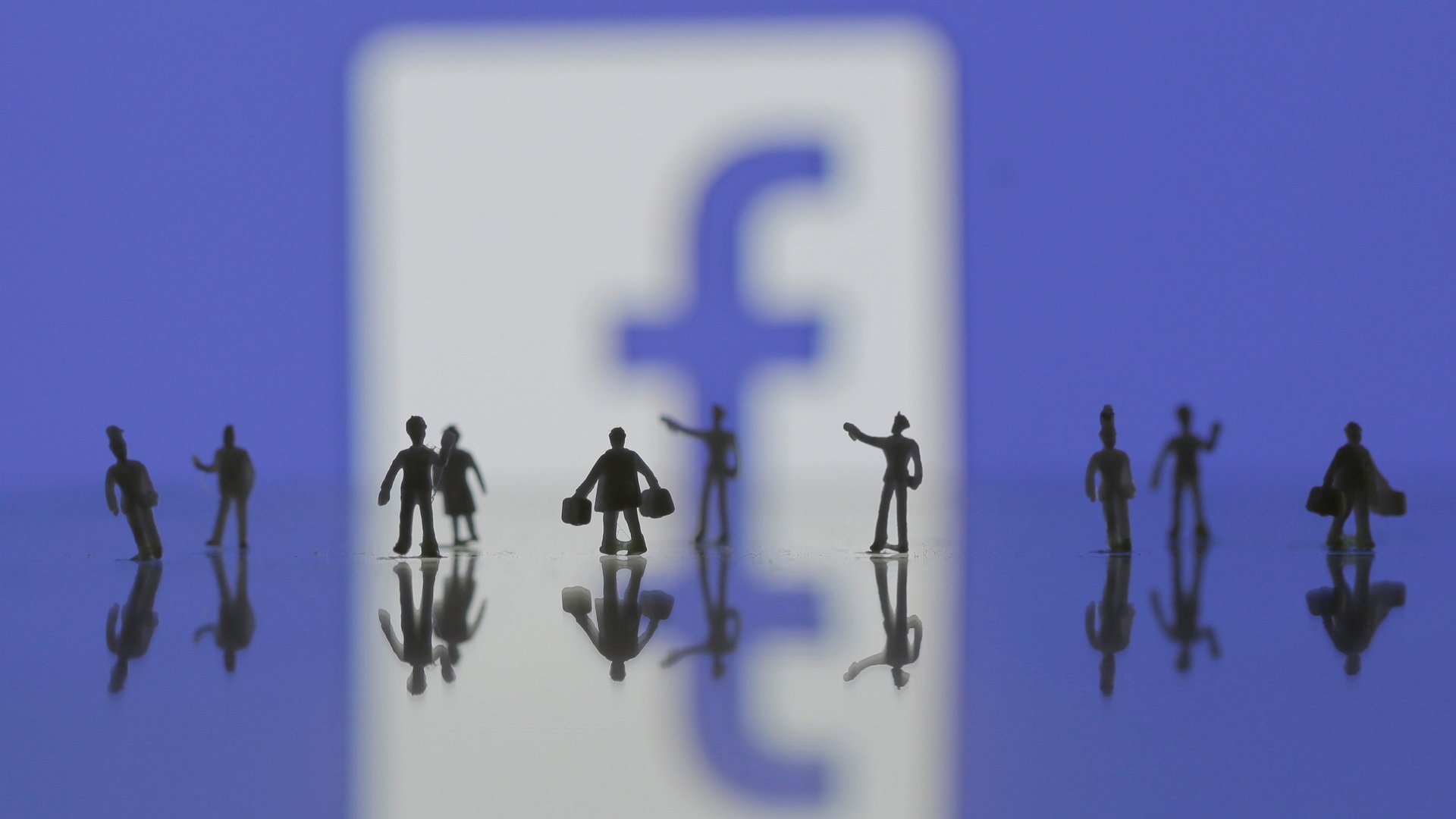Facebook Live is becoming a gruesome crime scene for murders
A Chicago man may have filmed his own murder on Facebook Live this week.


A Chicago man may have filmed his own murder on Facebook Live this week.
At the start of the June 15 livestream, Antonio Perkins is seen with a group in front of a house. Six minutes later, an apparent blast of gunfire can be heard, and the 28-year-old collapses. The video screen goes dark, but cries fill the rest of the 14-minute video, until authorities arrive at the scene.
Perkins, who also goes by the name Cicero Yayo, was pronounced dead that night. Now Chicago police are looking at the video, the Chicago Tribune reported on June 16, as a clue to the tragedy.
Facebook Live, which allows users to broadcast live video to followers, has quickly become more than a means of entertainment. It can also offer a window into crimes and accidents everywhere in the world, as they happen.
On March 31, another Chicago man was shot and injured in a Facebook Live video. And on June 13, French ISIL sympathizer Larossi Abballa turned to Facebook Live after murdering a police officer and his partner in Magnanville, France. In the video, he chillingly debated what to do with their three-year-old child, who can also be seen in the video. He also threatened violence at the ongoing Euro 2016 soccer championship.
As soon as Abballa was brought to Facebook’s attention, the social media giant deleted his 12-minute video. However, it has not taken down Perkins’s video—a version remains available on another user’s profile, with a graphic content disclaimer at the start. Facebook only deletes violent content that glorifies or celebrates violence, not content that spreads awareness.
To combat the problem, Facebook is decreasing its reliance on user feedback, and says it will expand the team that reviews live content around the clock. “We do understand and recognize that there are unique challenges when it comes to content and safety for Live videos,” a Facebook spokesperson tells Quartz. “It’s a serious responsibility, and we work hard to strike the right balance between enabling expression while providing a safe and respectful experience. We’re deeply committed to improving the effectiveness of how we handle reports of live content that violates our Community Standards.”
Like most social media sites, Facebook usually evaluates disturbing content posted to its platform within 24 hours of a user flagging it. But since the Live feature plays out in real time, violent videos are difficult to find and take down before they go viral.
Other live platforms have struggled with similarly troubling material: An 18-year-old Ohio woman has been accused of broadcasting her friend’s rape on Feb. 27 on Periscope, Twitter’s live streaming app.
To combat the problem, Facebook is decreasing its reliance on user feedback, and says it will expand the team that reviews live content around the clock.
On June 14, Nicole Mendelsohn, Facebook’s VP of Europe, the Middle East and Africa, suggested that Facebook could become all video in the next five years. If that’s true, it will have to up its game against violent live content.
Update (6/18/16): This post has been updated with a statement from Facebook.